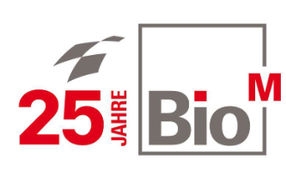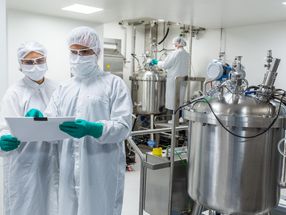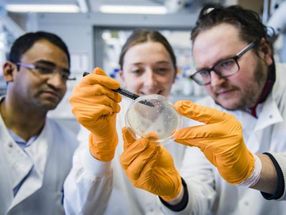The Role of Agricultural Biotechnology in Hunger and Poverty Alleviation for Developing Countries.
Advertisement
Top of the agenda for world leaders is the alleviation of poverty and hunger, with the goal to cut poverty 50% by 2015. However, as Prof. Diran Makinde, from the School of agriculture, Rural Development and Forestry of the University of Venda in South Africa, pointed out in his presentation to Biovision, ten years after the 1996 World food Summit, which promised to reduce the number of undernourished people by half by 2015, there are more hungry people in 2006 than there were in 1996. Prof. Makinde called for new approaches to ensure sustainable food production in developing countries; especially in Africa because the majority of least developed countries are in Africa.
Biovision heard that the estimated overall global economic benefit of GM crops from 1996-2004, amounted to $27 billion, and that 90% of the farmers benefiting from this are resource-poor, small-scale farmers. GM crops have directly contributed to the alleviation of poverty for some 7.7 million farmers.
Makinde referred to a study carried out in South Africa in 2002 in which Bt maize and Bt cotton were compared to non-Bt crop varieties and the Bt varieties, in both cases, were found to produce a higher yield and generate more profits. Two farmers using the technology in South Africa further substantiated these findings, Mr. Motlatsi Musi, a small-scale farmer in Olifantsvlei, South Africa said "I plant Bt maize because it has increased my yield and my income. I earn R3000.00 [$430.00] more from a Bt crop than from a non-Bt crop". Ms. Thandiwe Myeni, a small-scale farmer from Makhatini Flats, South Africa has been planting Bt cotton since 1999 and said "I get more than double yield per hectare from my Bt cotton than from my non-Bt cotton and I am also saving on pesticides by spraying only twice before harvest for Bt cotton, but weekly on my non-Bt cotton".
GM crops are useful to farmers because they can be engineered to be resistant to diseases and pests and to have increases nutritional value, 'Golden Rice', rice enriched with vitamin A, is an example of this. Most importantly though, is the development and commercialisation of drought-tolerant crops, Makinde said drought-tolerant maize has just been approved to undergo field trials in South Africa and in the next 2 to 3 years drought resistant wheat could be ready for commercialisation in Egypt.
Makinde questioned the EU's stance on GM crops asking why, in light of all the aforementioned benefits, they have adopted a 'go-slow' approach? Present EU policies and perceptions make R&D, product development and commercialisation in agricultural biotechnology difficult, especially in developing countries that engage in agricultural trade with the EU. European consumers generally perceive GM foods to be 'contaminated' and therefore developing countries that are dependent on the markets in Europe do not wish to grow them and are losing out on vast socio-economic benefits. There are also issues regarding the strict traceability requirements specified in the EU regulations, which most developing countries will find difficult and costly to implement and are unlikely to measure up to.
Makinde concluded in his Biovision presentation by noting that although EU policy has been developed to protect European consumers and the environment from potential dangers, after a decade of use, there have been no cases of GM crops being harmful to human health or the environment. Therefore, there is a considerable imbalance between the hypothetical benefits of non-adoption afforded by the EU policy for its own citizens, and the real and substantial benefits that could be afforded to developing countries. The EU has not taken into account the negative effect that its policies and attitudes are likely to have on those working in the agricultural sector in developing countries.
















































